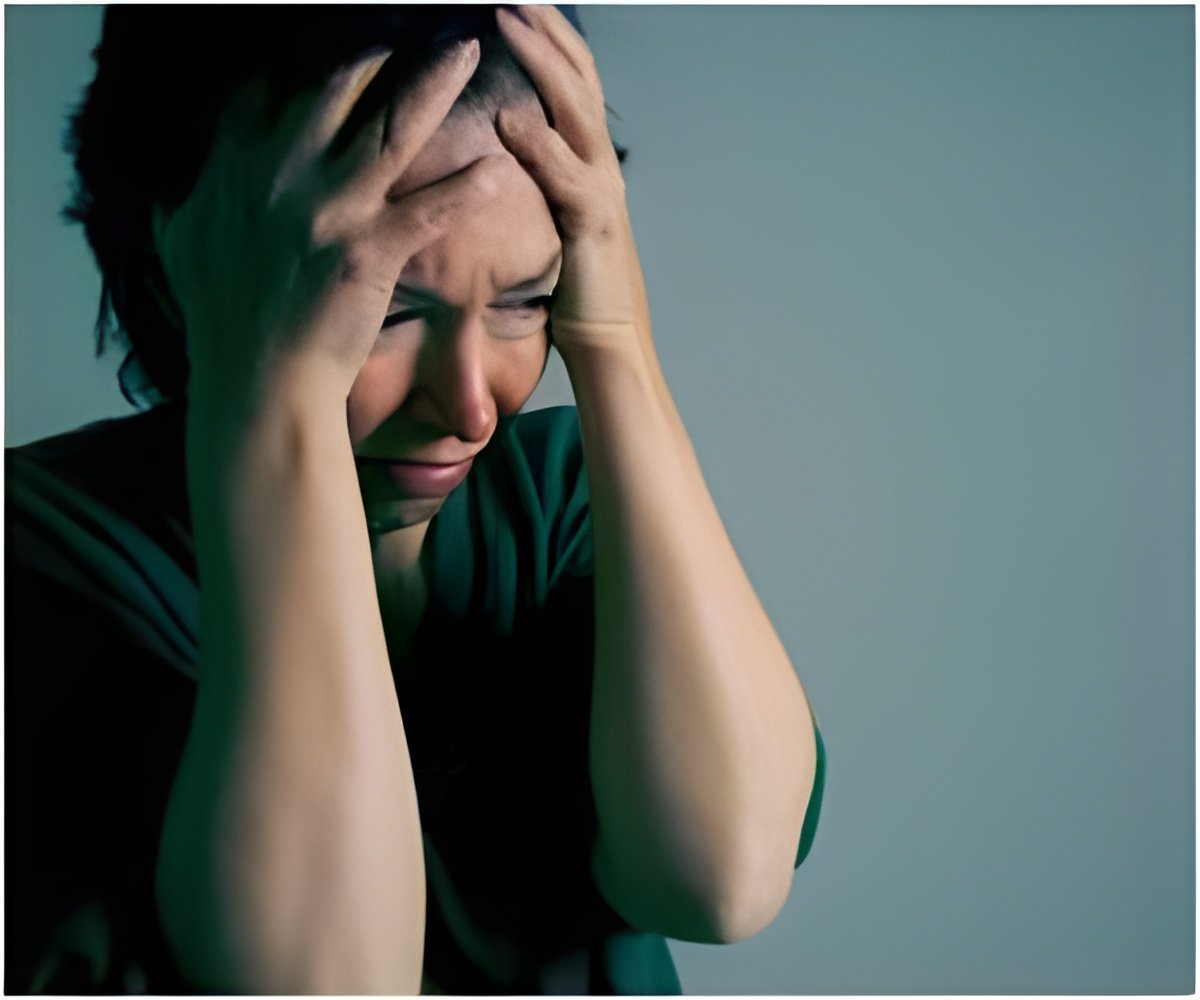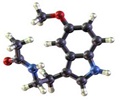
Self-Harm and Sleep Treatment Link: What We Need to Know
Self-harm (intentional nonfatal self-poisoning or self-injury) is very important in child and adolescent psychiatry given its association with a range of adverse outcomes. There are few supportive treatments for self-harm in youth and, although psychosocial treatments appear promising, there is no particular therapy. In recent times, treating sleep problems has been suggested as a mechanistic target that might decrease the risk of self-harm. As for drugs are concerned, melatonin is the commonly prescribed drug for sleep disturbances in children and adolescents, and its use has dramatically increased in the last decade.‘Use of Melatonin use is linked with a decreased risk of intentional self-harm among adolescent females with a psychiatric disorder.’
Tweet it Now
Melatonin is a naturally occurring hormone secreted that controls the sleep-wake cycle (circadian rhythm), and it also has antioxidant, anti-inflammatory, and free radical detoxification properties. Melatonin use is also considered to be safe and effective in treating sleep problems among children and adolescents.Given the established link between sleep problems, depression, and self-harm, we wanted to explore whether medical sleep treatment is associated with a lower rate of intentional self-harm in young people.
Melatonin for Self-Harm: Is It Effective in Young Girls?
The new study identified over 25,500 children and teenagers between the ages of 6 and 18 who have been prescribed melatonin in Sweden. Over 87 percent had at least one psychiatric disorder, mainly attention-deficit hyperactivity disorder (ADHD), anxiety disorders, depression, or autism spectrum disorder. Self-harm was about five times more common in girls than in boys.Researchers estimated the risks of self-harm in the same individual while on or off medication by comparing the risk in the last unmedicated month with the twelve months after melatonin treatment was initiated. By doing so, they were able to consider background factors that may affect associations, such as genetics, sleep disorder severity, or psychiatric disorders.
The risk of self-harm increased shortly before melatonin was prescribed and decreased by about half in the months following the initiation of treatment. Risk reduction was particularly evident among adolescent girls with depression and/or anxiety disorders. These findings support the hypothesis that sleep interventions may reduce self-harm in this population, especially in girls.
As it was an observational study, they cannot establish a causal relationship between melatonin and reduced self-harm rates. To check whether the use of other medications might have affected the findings, analyses were also carried out which excluded antidepressant users. The results were similar.
Advertisement
Advertisement












